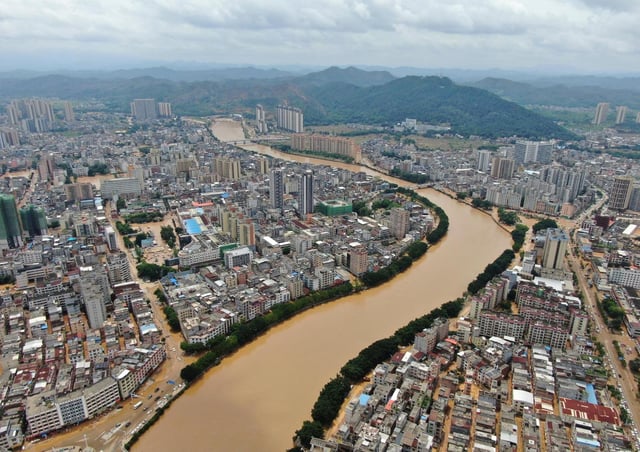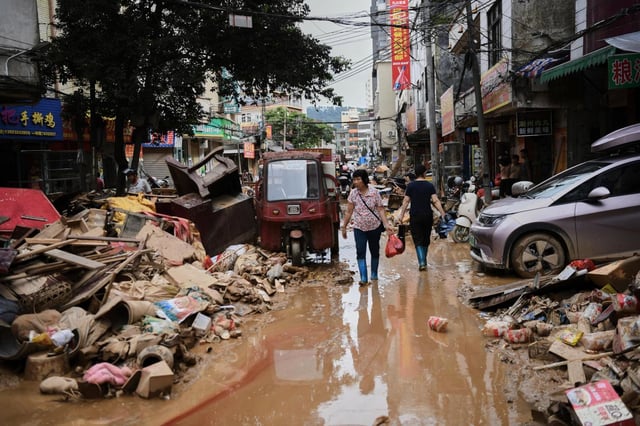Overview
- New infections in Foshan have leveled off after rising from an imported case in early July to over 7,000 confirmed cases by early August.
- Guangdong health officials continue to enforce quarantines, patient isolation, mass testing and area disinfection following COVID-19 style protocols.
- Innovative vector interventions are underway, including releasing predatory Toxorhynchites mosquitoes, stocking fish that consume Aedes larvae and deploying drones to identify standing water.
- The U.S. CDC maintains a Level 2 travel advisory for Guangdong while the WHO and ECDC warn of possible wider spread in previously non-endemic regions.
- With no specific antiviral treatment or widely available vaccine, public health efforts focus on symptom relief, hydration and aggressive mosquito control to curb transmission.



